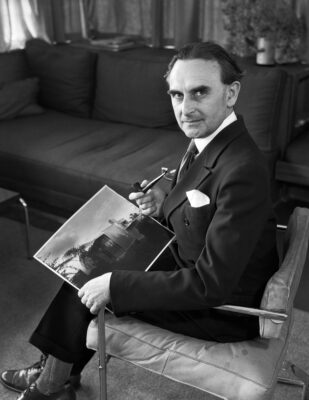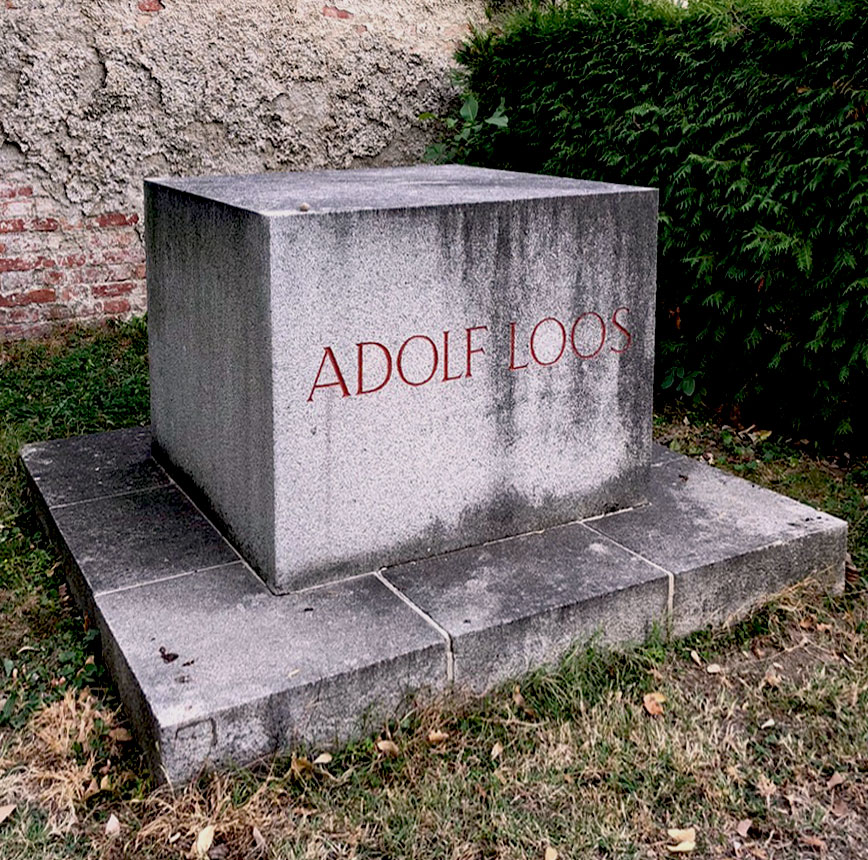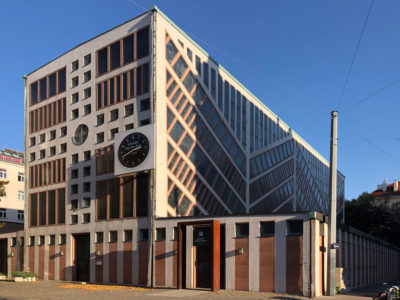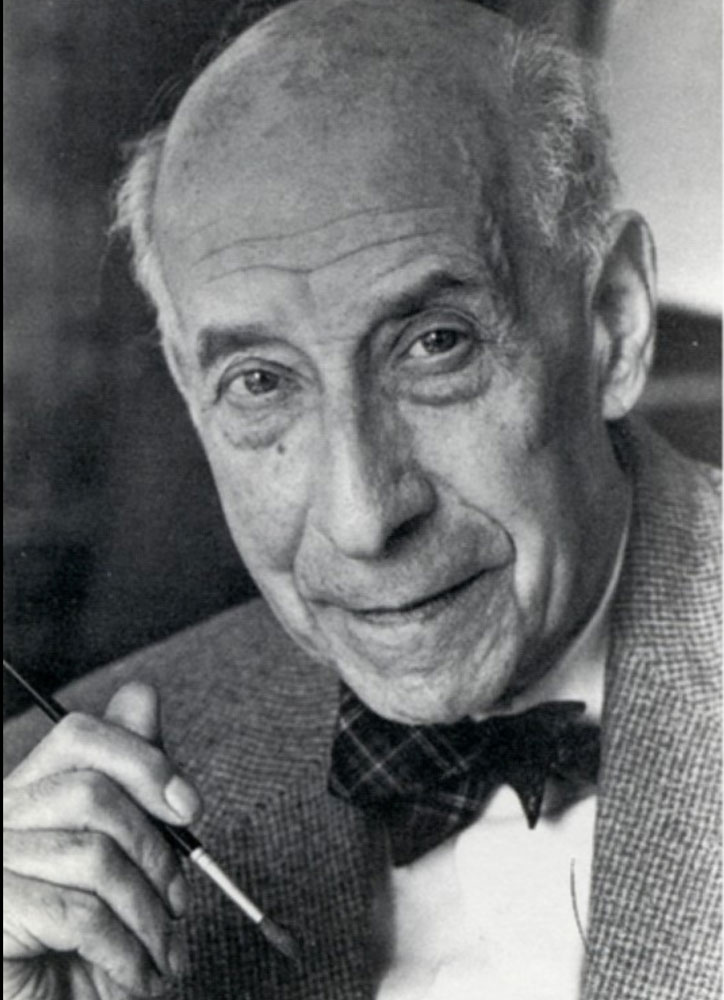
Josef Frank
Today when we think of Josef Frank we automatically think Josef Frank fabric or Josef Frank wallpaper, however, that would be dismissing his importance as an architect and intellectual.
Josef Frank was born in Baden Bei Wein in 1885 to a Jewish family who had moved to the city from Hungary. He was a pupil of Carl Konig and studied architecture at the Technische Hochschule and from 1903- 1908 at the TU Wein. From early on he moved in cutting edge circles where discussion and design worked hand in hand. In 1913 he began to collaborate with Oskar Wlach and Oskar Strnad creating the Wiener Schule der Architektur.
After WW1 he became the architect for the Austrian Association for Settlement and Small Gardening, the Verband für Siedlungs und Kleingartenwesen. He was experimenting and creating both as an architect as well as a furniture and fabric designer. From 1919-1925 he was Professor of Building Design at the Vienna School of Arts and Crafts, the Kunstgewerbeschule. At the same time, he was a key driver in the Neuer Wiener Wohnen a gathering of furniture designers and architects experimenting with a new way of approaching furniture and interior design.
In 1925 he founded a furnishing company called Haus and Garten with Oskar Wlach and Walther Sobotka. The company gave him the opportunity to meet many international designers including a Swedish designer called Estrid Ericson. She worked for Svenskt Tenn, a famed Scandinavian interior design company. Frank, whose wife Anna Sebenius, was Swedish had already formed an affinity for the country and they spent several summers in Falsterbo, Sweden. This led to his building five villas in the area between 1924 and 1936.
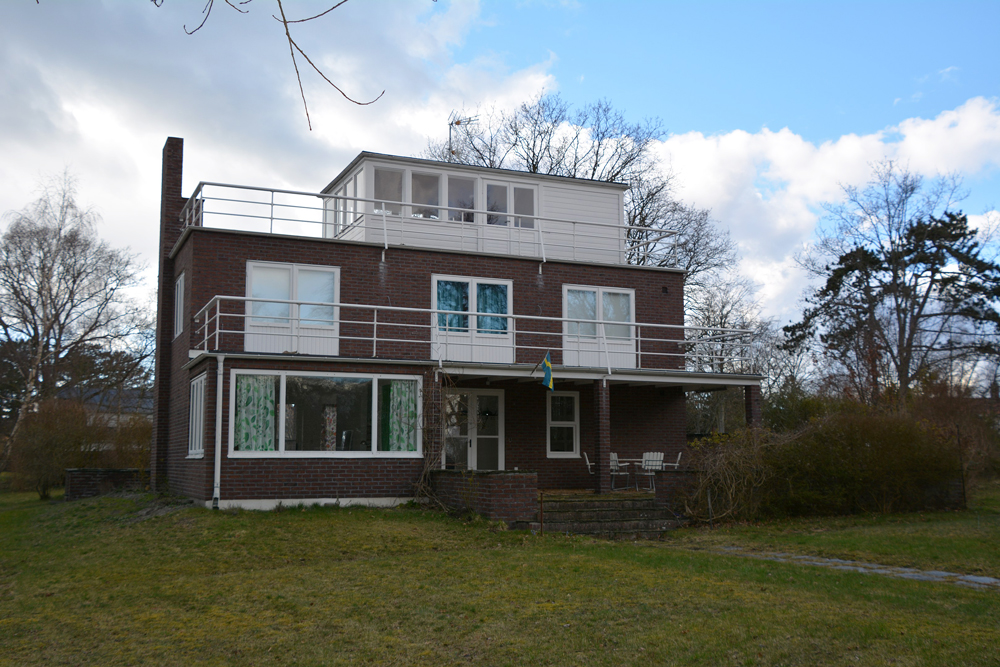
Villa Cläeson, Berndt Lüdkes Way, Falsterbo Sweden designed for Swedish Diplomat Axil Claäeson 1926 : Image Bengt Oberger CC BY SA 4.0
Frank’s international career was burgeoning, considered a leading figure in the Wiener Moderne. He and Oskar Wlach were the only Austrian architects invited to take part in the creation of the 1927 Stuttgart Werkbund Estate and became the artistic director of the Vienna Werkbund Estate. During this time he was developing his theories about Raumsplan.
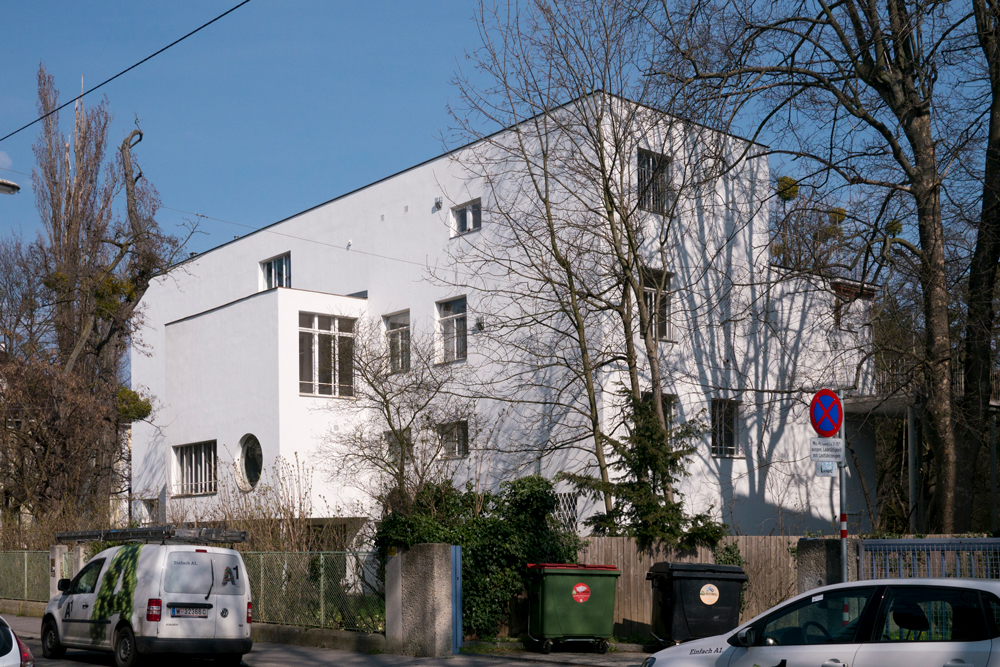
Haus Beer for Julian Beer designed by Josef Frank and Oskar Wlach Image Thomas Ledl CC BY SA 4.0
His important commissions with Wlach included Haus Beer, a magnificent modernist villa for Dr Julius Beer in the Hietzing neighbourhood of Vienna, completed in 1930. The Franks and the Beers were friends and Dr Beer’s instruction was to create a house to entertain in and hold soirées.
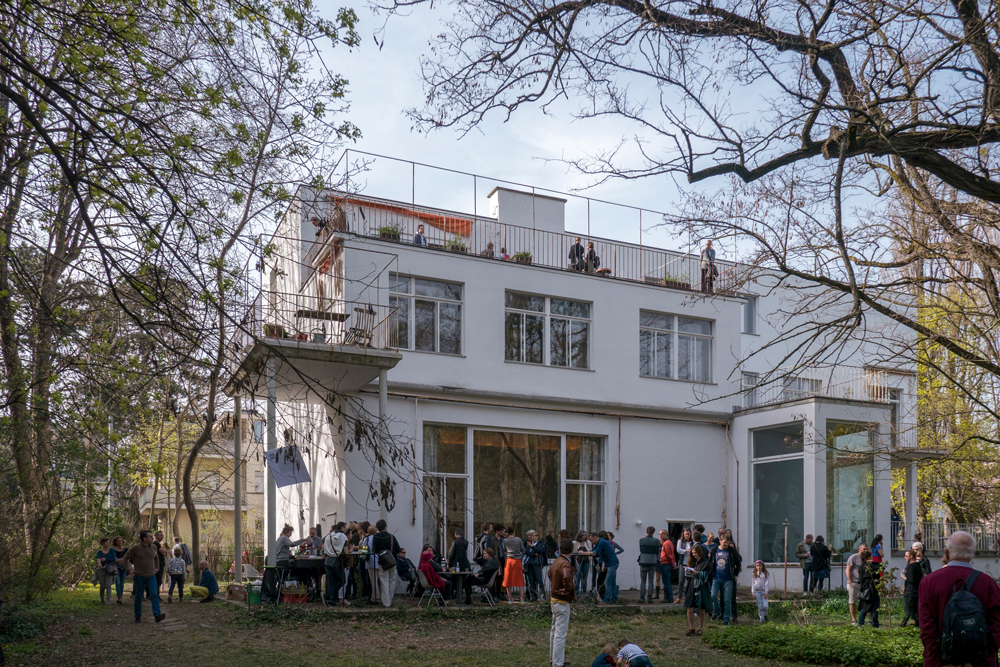
Haus Beer Image Thomas Ledl CC BY SA 4.0
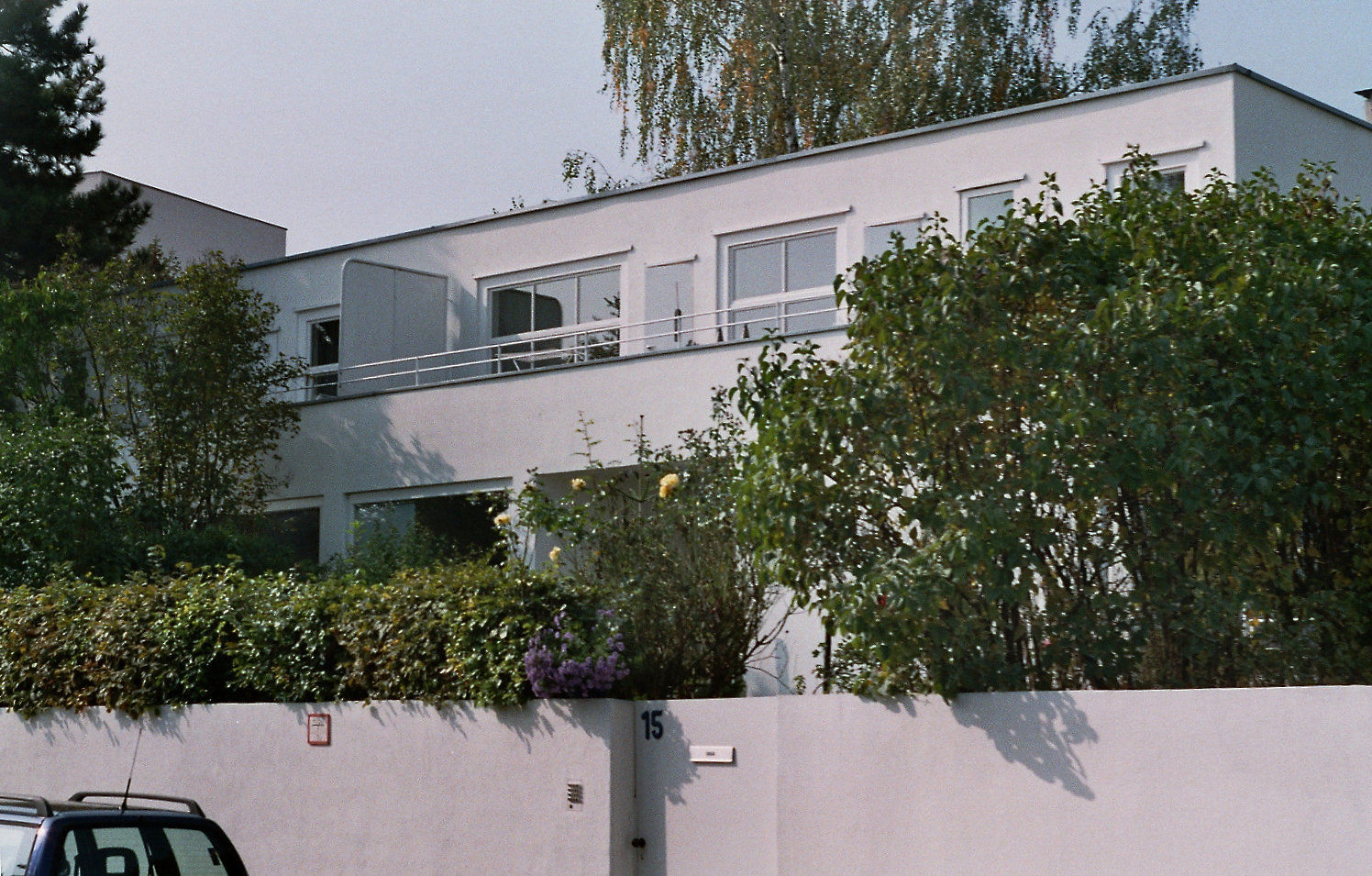
Weissenhoff Stuttgart Josef Frank Design Image GFDL / CC-BY-SA 2.5 Shaqspeare
In 1928 he was invited to Switzerland to become a founder member of the International Congresses of Modern Architecture CIAM. Whilst today we look at his architecture as Modernist, he was in fact quite outspoken and at times critical of modernist designs. One of his expressions was
“Modernism is that which gives us complete freedom.’
In 1932 he began a formal collaboration with Estrid Ericson of Svenskt Tenn, at a time when it was clear that he would need to really consider the impact of Hitler coming to power just across the border in Germany. Two years later he left permanently for Sweden, accepting Estrid Ericson’s invitation to work in Sweden. This decision likely saved his life, he left Austria in 1934 never to work in the country again.
Frank began his new life with Svenskt Tenn, according to their archives his first role was representing the company at an exhibition at Liljevalchs Konsthall introducing his design, the ‘Liljevalchs Sofa’ a design entirely counter to anything produced at that time in Scandinavia, basically breaking all the conventions. It was a huge success and so began a very special and successful collaboration between Josef Frank and Estrid Ericson. They exhibited at the World Exposition in Paris in 1937 and in New York in 1939 and were frequently connected with the term ‘Swedish Modernism’ In 1939 he took Swedish citizenship
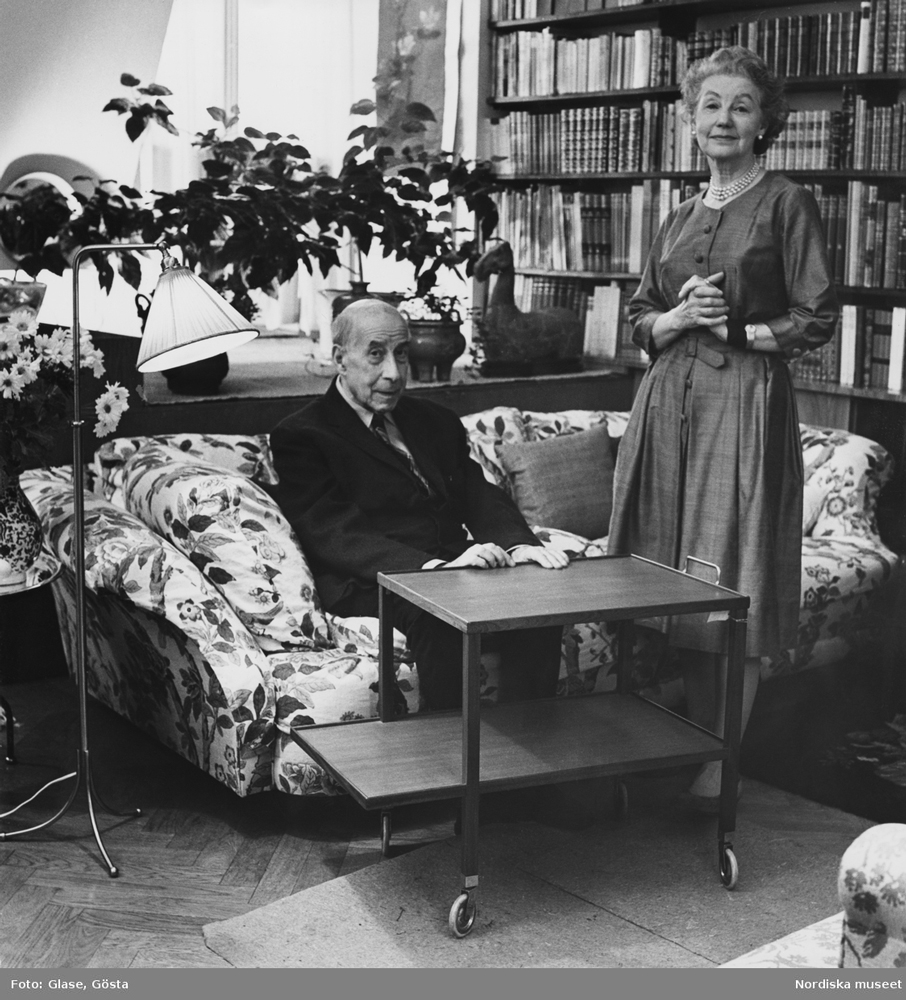
Josef Frank and Estrid Ericson Svensk Tenn: Image Gösta Glase CC BY SA 4.0
In the middle of WW2 deeply concerned about how the war was going he moved to New York, his parting gift to Estrid was 50 prints best described on the company’s website ‘the 50 prints that he gave to Estrid Ericson as a 50-year birthday present on September 16, 1944. Sweden’s Prince Eugen was one of many who rejoiced. He felt that the new designs actually exceeded those of the legendary print designer and Frank role model, William Morris’.
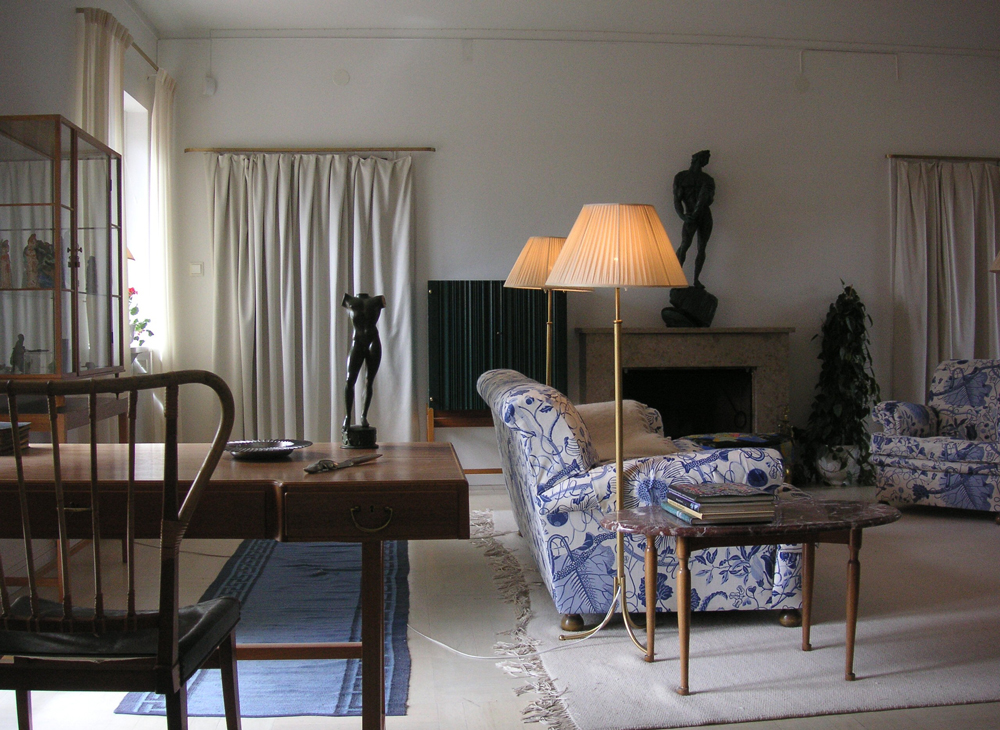
Franks Erikson Design CC BY SA 3.0 Holger Elgaard
Josef Frank died in 1967 he left behind a rich legacy.
CLICK HERE TO THE GREYSCAPE A-Z ARCHITECTURAL LEXICON




